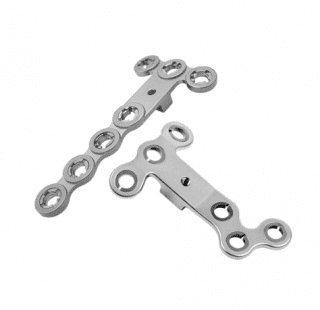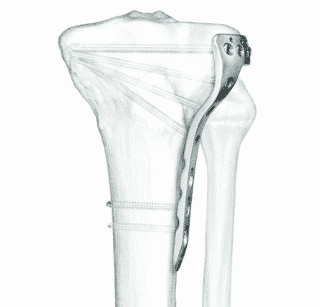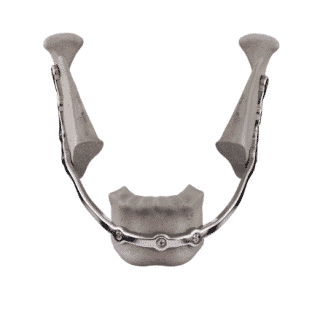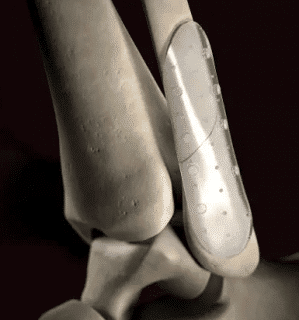|
News Detail
Choosing the Right Bone Plate What are the main types of bone plate? There are three main types of bone plate: compression plates, arthrodesis plates and osteotomy plates. Compression plates: these plates are used for fractured bones. Arthrodesis plates: these plates are used to stabilize or immobilize a damaged joint. Osteotomy plates: these plates are used for bone lengthening and to correct certain orthopedic deformities. For each application, a bone plate should enable: Fracture reduction Fracture fixation Early mobilization Preservation of the vascularization
Arthrex osteotomy plates What criteria should you take into account when choosing a bone plate? There are several criteria to consider when choosing a bone plate such as the application, whether the plate is locking or not, the geometry of the holes and the materials it is made of. Application: compression, arthrodesis or osteotomy The part of the bone concerned Side concerned Locking plate or not Hole geometry Plate profile Shape and size of the plate Slotted or smooth plate Materials
Depuy Synthes tibia compression plate Bones plates: locking or not? There are locking bone plates that are threaded at the screw holes, and non-locking plates. Both have their own advantages. Advantages of No bone contact is required: a locking bone plate does not need to be in contact with the underlying bone, reducing the need for extreme precision when placing the plate to achieve sufficient fracture reduction. Less bone damage: the locking plate system causes less damage to the underlying cortical bone than conventional bone plates that compress the plate onto the cortical bone. Low risk of loosening screws: there is a lower risk of screws loosening when using locking bone plates. The risk of inflammatory complications due to loosening material is also therefore reduced. The main advantage of Symmetrical or non-symmetrical bone plates? There are two main hole geometries for bone plates: symmetrical and asymmetrical. Here are their respective characteristics: Symmetrical holes: most compression plates have symmetrical holes. This allows compression in both directions. Asymmetrical holes: some compression plates, however, include asymmetrical holes that allow for unidirectional compression of the bone. These plates consist of a middle section that is placed at the level of the fragments to be compressed. What materials are bone plates made of?
Stryker bone plate for mandibular reconstruction The main materials used for bone plates are metal and bioresorbable polymers. Metal: bone plates can come in stainless steel or titanium. Bioresorbable polymers: there are bone plates made of trimethylene carbonate (TMC), polyglycolic acid (PGA), polylactic acid (PLA) and its derivatives (LPLA, DLPLA). Metal or resorbable bone plates? Below you will find a list of the advantages and disadvantages of metal and resorbable bone plates. Advantages: High mechanical resistance to torsion and crushing The most widespread (wide availability of plates and screws) Disadvantages: Risk of allergies and infections The mutagenic effects certain metals can have on tissue Risks of interference with imaging techniques (X-ray or MRI) Significant palpability of the implant Sometimes it is necessary to operate again to remove the plate and screws Sensitivity to temperature variations Resorbable compression plates: Advantages: Modular plates (can sometimes be cut if necessary before the intervention) Disadvantages: Decreased mechanical resistance Less stability of the plate and screws Long resorption process Use limited to certain osteosynthesis procedures Limited choice of biodegradable materials
Inion resorbable compression plate
|





